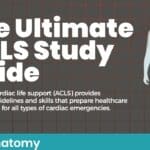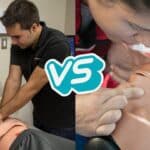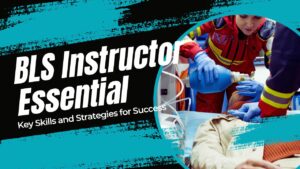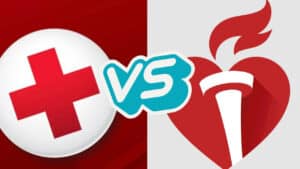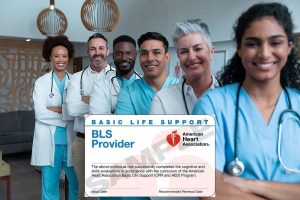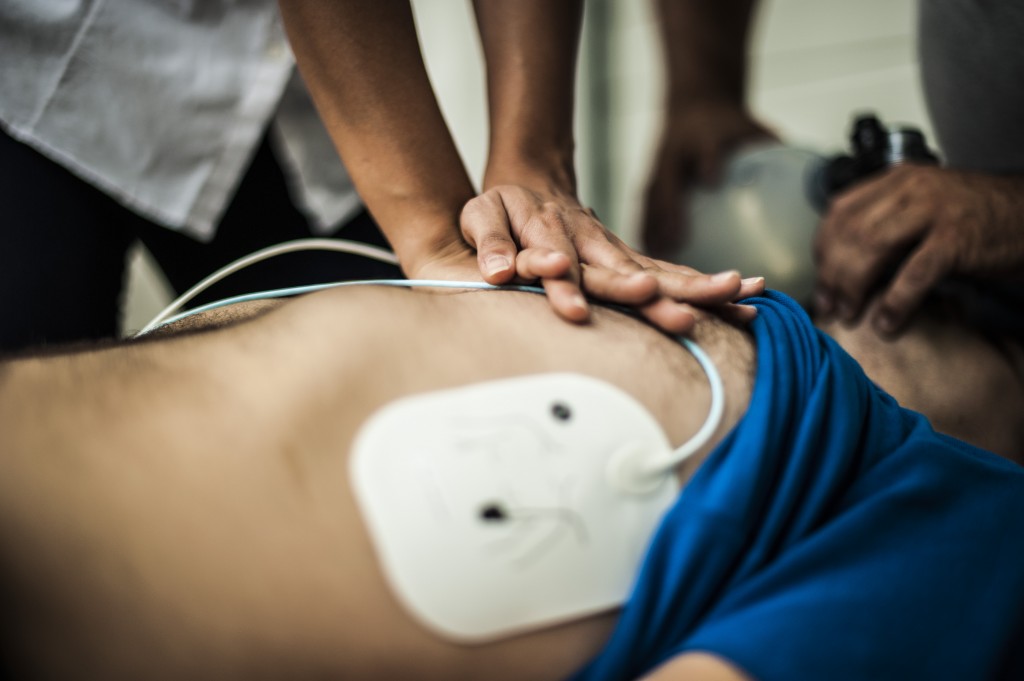
The BLS training course is meant for both trained medical professionals as well as lay rescuers that may be required to obtain certification as a career requirement. The American Heart Association sets the standards and guidelines for their courses, and determines what such people need to know to do their jobs properly and able to take action in an emergency.
Whether you work in a hospital setting or not, it is important to stay updated on your BLS training to be prepared for an emergency, because as we all know, they happen when you least expect it. Between the two-year period in which certification is valid, here are the top things to go over and which are commonly forgotten by BLS students:
-
Check For Safety, Then Breaths, Before Activating The Emergency Response System.
It is important to always check the scene for safety before tending to the victim. Unsafe scenes can be a car crash, environmentally threatening, as well as aggressive emotions of the people present at the scene. Make sure the scene is safe for you before deciding to give help; If you get hurt attempting to respond to the victim, you won’t be of any help to anyone. Immediate recognition of cardiac arrest is one of the most important things you can do to save a life. Quickly checking for the absence of breaths, or for abnormal “agonal” gasps, and then activating the Emergency Response System. Remember, gasps should not be considered breathing.
-
Early CPR Administration is Crucial.
It is so important for a victim that their rescuer only focuses on giving them CPR. If you are surrounded by friends or other people, instruct them with what to do while you start administering CPR– tell one person to call for help, tell another to grab a bag mask if possible, and tell another to get an AED defibrillator. If you are the only one around, call 911 on speakerphone and start administering CPR.
-
The Ratio And Depth of Compressions Matters.
Although it is always better to give some form of CPR to an unconscious person than nothing at all, it’s best to remember the the ratio to which the compressions are given per minute and the depth of compressions to increase the chances of successful CPR. The correct speed of compressions, is 100 to 120 beats per minute, or to the beat of the song, “Stayin’ Alive.” The correct ratio for adults is 30 compressions to 2 breaths. For children and infants with one rescuer, it’s the same, 30 compressions to 2 breaths. If there are 2 rescuers, the ratio changes for children and infants to 15 compressions to 2 breaths. It is also important to remember the appropriate depth of compressions for adults, children, and infants . For adults, push down at least 2 inches deep; For children, push down 2 inches deep; For infants, push down about 1.5 inches deep. Make sure to allow for complete chest recoil between compressions. It’s better to push harder than softer to keep the blood circulating through the victim’s body.
These are the top things to remember from your BLS training course, and they are also some of the most important additions/updates made to the 2010 & 2015 American Heart Association Guidelines for CPR and Emergency Cardiovascular Care. These methods and pieces of knowledge are so crucial for helping a victim and saving lives so be sure to stay updated!
If you need your initial BLS certification, or you need to re-certify, check out SureFire CPR.



